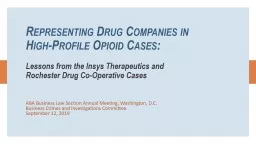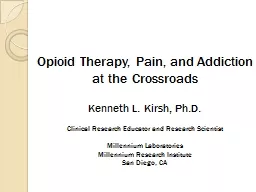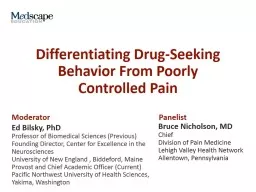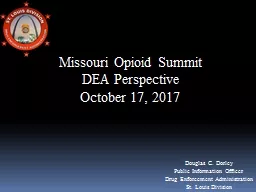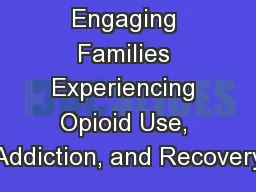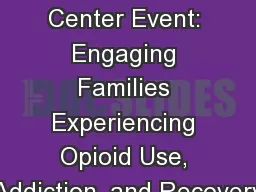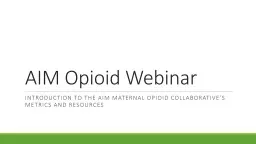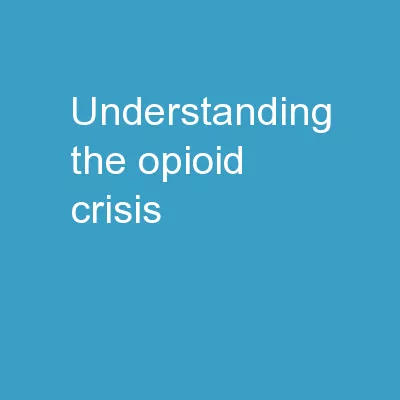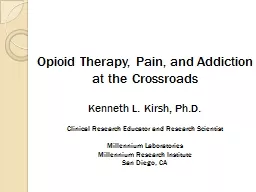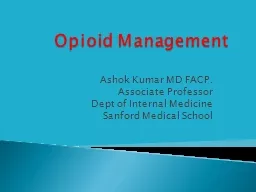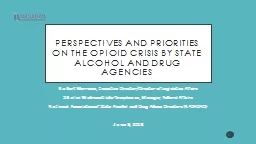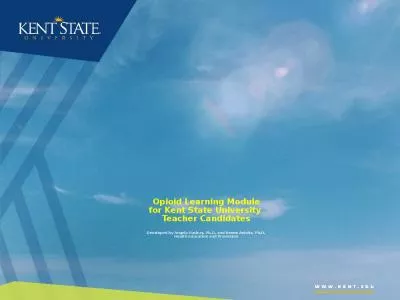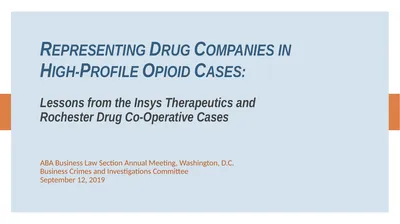PPT-Representing Drug Companies in High-Profile Opioid Cases:
Author : tatyana-admore | Published Date : 2020-01-08
Representing Drug Companies in HighProfile Opioid Cases Lessons from the Insys Therapeutics and Rochester Drug CoOperative Cases ABA Business Law Section Annual
Presentation Embed Code
Download Presentation
Download Presentation The PPT/PDF document "Representing Drug Companies in High-Prof..." is the property of its rightful owner. Permission is granted to download and print the materials on this website for personal, non-commercial use only, and to display it on your personal computer provided you do not modify the materials and that you retain all copyright notices contained in the materials. By downloading content from our website, you accept the terms of this agreement.
Representing Drug Companies in High-Profile Opioid Cases:: Transcript
Download Rules Of Document
"Representing Drug Companies in High-Profile Opioid Cases:"The content belongs to its owner. You may download and print it for personal use, without modification, and keep all copyright notices. By downloading, you agree to these terms.
Related Documents

